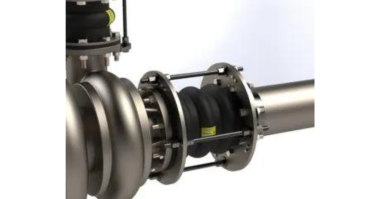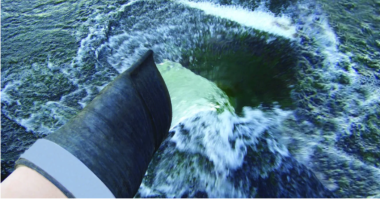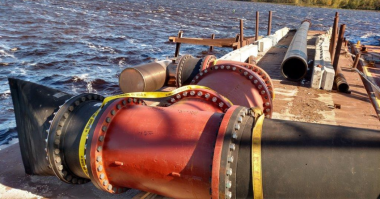The ProFlex™ 710TT has been engineered and developed to be the most efficient and specifiable valve to ensure 100% mixing capability in potable water and sewage reservoir/storage tanks. Under U.S. Patent No. 11,396,951, the new patented torsional flow design of the valve provides a unique spinning motion which has never been offered before and is a stand-alone feature. Its operational value requires less head pressure and less pump energy, thus saving the client money as well as less time to mix.
When inlet pressure is applied to the designed manifold in any reservoir, the intent is to ensure an adequate mixing of the media by blending the different temperature variations into one, thus eliminating hot spots which is an ongoing concern in potable water reservoirs. The ProFlex™ 710TT, with its torsional design, has been found to also require a lesser amount of valves to adequately mix a volume of water compared to other valves available on the market. This has allowed us to engineer, manufacture and provide 3 main pipe diameters of valves, ( 4”, 6” and 8”) therefore ensuring that the 710TT will be a readily available “off the shelf” valve.
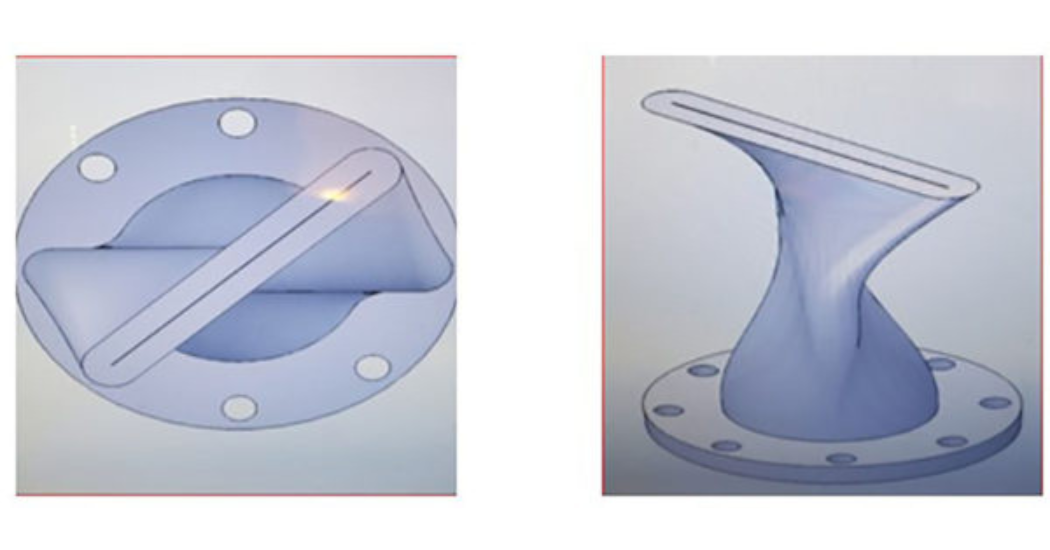 HOW DOES IT WORK?
HOW DOES IT WORK?
The design as detailed above, allows Proco to create a torsional “twist” of the valve’s body ranging from 15-90 degrees which creates a greater thrust (inertia) of media, allowing the distance of rapidity to carry further into the body of water in which the valve(s) are submerged. Each valve will be manufactured and supplied with a NSF61 Urethane elastomer which also provides a highly efficient, very flexible body which is resistant to the multiple flexes which happen in the daily operation of these types of valves. (Other elastomers will also be available).
The findings of the ProFlex™ 710TT are as follows compared to existing valves available:
Standard Valve Flow Testing
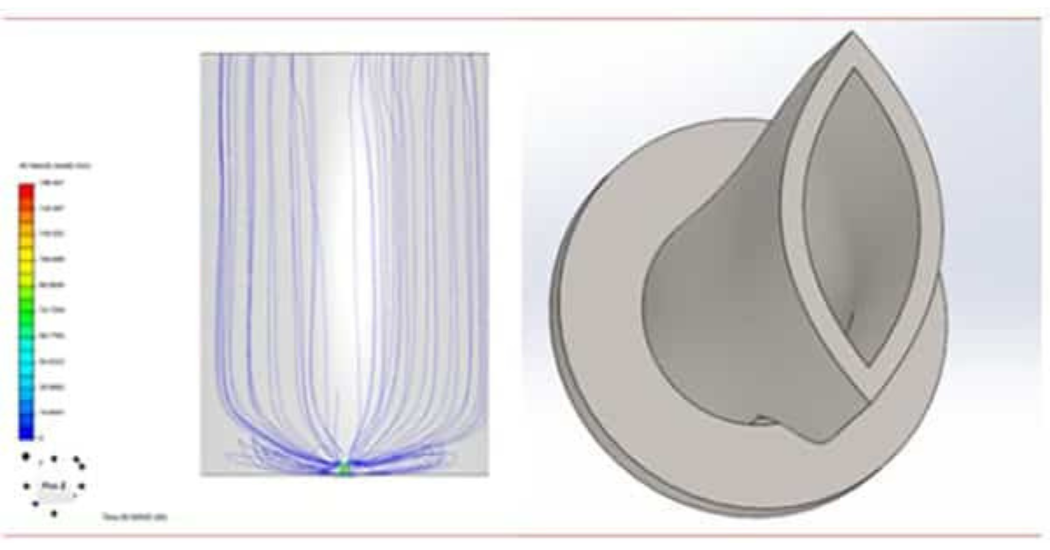
*Note the immediate hesitancy in flow path and the disparity of continued flow path as elevation and velocity increases.
ProFlex™ 710TT Torsional Flow Testing

WHY DO WE NEED TO SPECIFY THIS?
Anywhere there is a reservoir containing fluids, we must be concerned with “hot spots” commonly known as areas of media in a tank or reservoir that have the possibility of becoming stagnant water or media settling in the reservoir. The EPA states that, “the concern and intent is to ensure that our drinking water is safe, and we will do all necessary to contribute/ensure our part in doing so.”
In being part of this concern, we know that moving water, commonly known as “running water”, does not have the opportunity to change temperatures commonly related to “hot spots” or stagnant water. By installing the ProFlex™ 710TT in specified locations in a tank or reservoir, we ensure and minimize these areas of concern. (https://www.epa.gov/sites/default/files/2020-05/documents/safe_drinking_water_act-title_xiv_of_public_health_service_act.pdf)
WHERE WILL WE USE THESE SYSTEMS & WHAT ARE THE COST-SAVING ADVANTAGES?
- All potable water reservoirs or tanks require mixing if the concern of foul or stagnant water is possible.
- All sewage reservoirs or tanks also require mixing if sludge settling is a concern.
- All of the ProFlex™ 710TT’s along with the ProFlex™ 780/770 valves, use passive energy only to properly mix a system, no additional power sources are required.
- All ProFlex™ systems will have CFD or modeling available to validate all tank styles.
- NSF61 Valves are a standard.
- Zero maintenance/No mechanical parts.
- The intent of the ProFlex™ system is to ensure that all areas of a tank/reservoir are properly mixed without the requirement of additional tank penetrations, ensuring less chance of external leakages and a definite cost savings.
- Life expectancy is 35-50 years
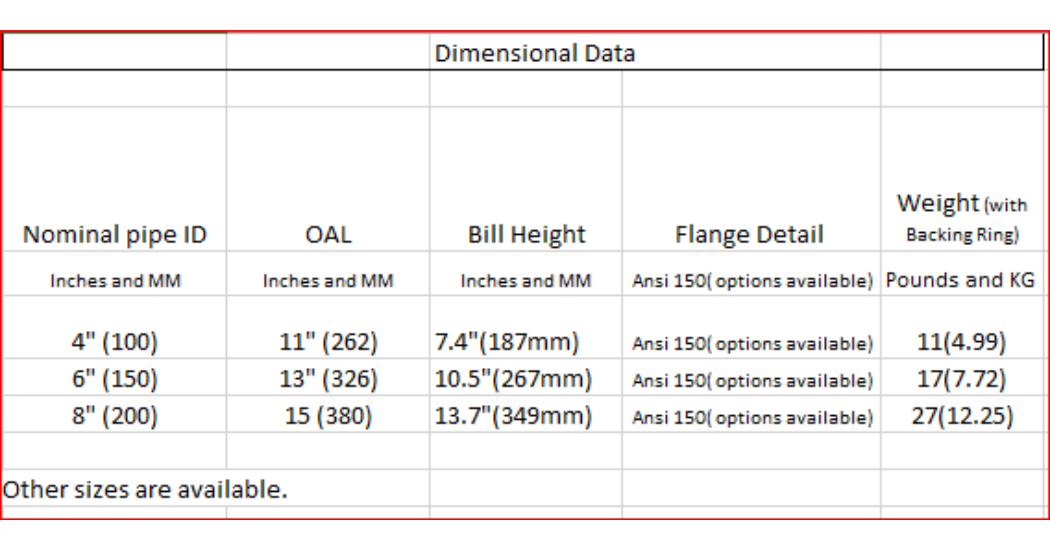
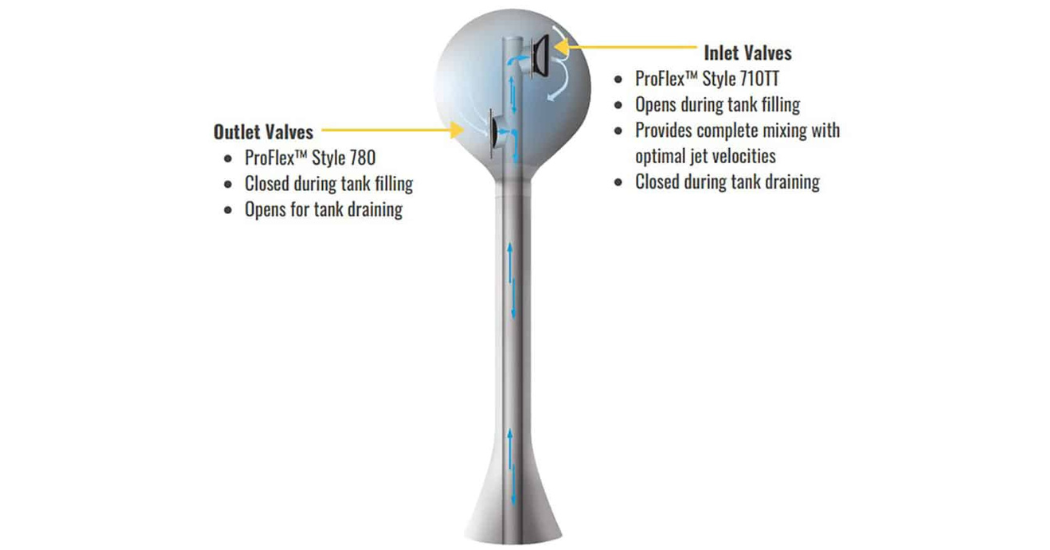
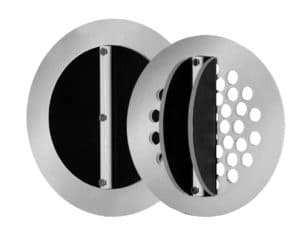 The ProFlex™ 770/780 Wafer Style In-line rubber check valves are designed to be installed between two mating flanges and offers space-saving dimensions as opposed to other flap type check valves.
The ProFlex™ 770/780 Wafer Style In-line rubber check valves are designed to be installed between two mating flanges and offers space-saving dimensions as opposed to other flap type check valves.
The ProFlex™ 780 Wafer Style In-Line rubber check valve comes standard with ANSI 125/150# flange drilling and can also be supplied with ANSI 250/300, DIN, JIS, BS or AS flange patterns.
The ProFlex™ 770 Wafer Style In-Line rubber check valve is designed to fit securely inside the bolt circle of the mating flanges.


